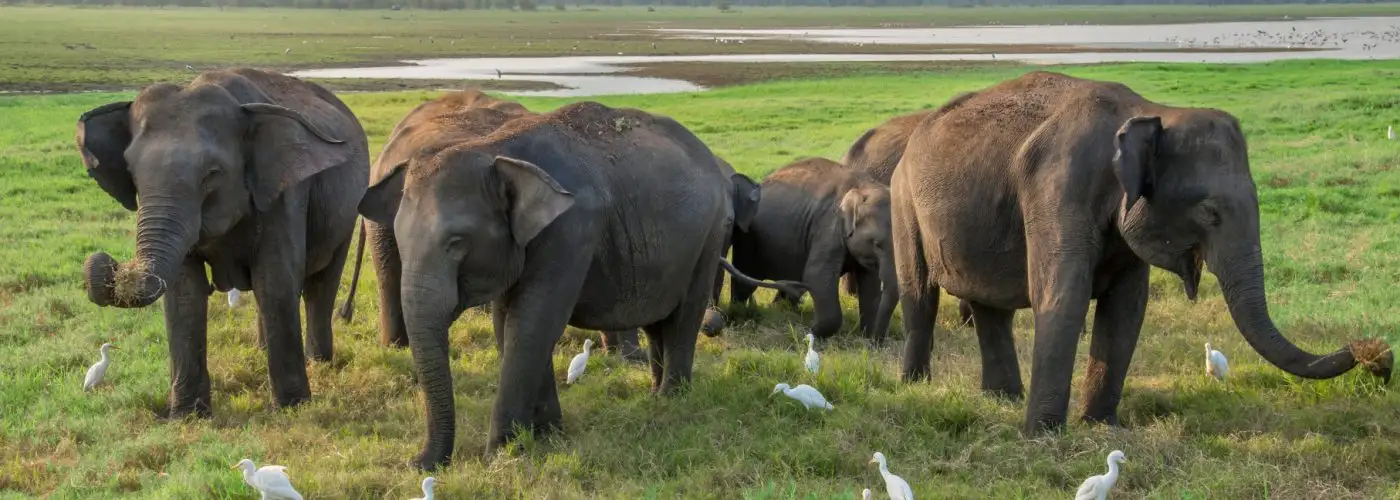For many travelers, the most thrilling part of a trip to a far-off destination is witnessing the local animals in their natural habitat. Every year visitors line up to see sharks in South Africa, elephants in Sri Lanka, and tigers in Thailand—but most people don’t understand that these animal attractions often harm the animals or their environment.
Rather than taking part in harmful pastimes like riding endangered elephants, swimming with captured dolphins, or posing with chained big cats, why not participate in the many wildlife activities that support local species? Here are eight ways to do it responsibly.
Image Gallery
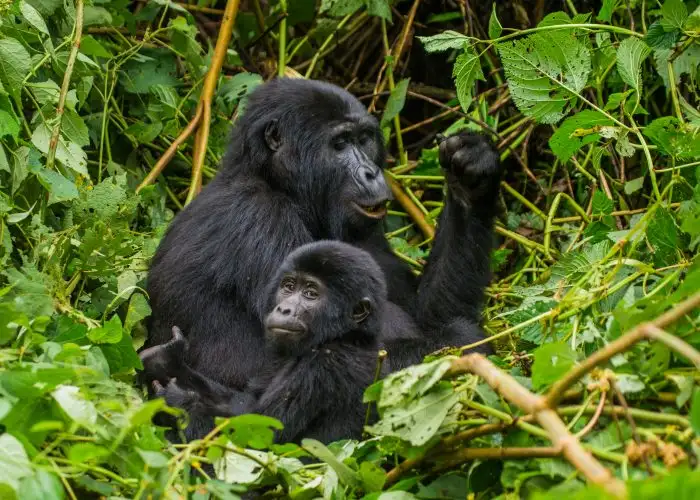
Elephant treks are discouraged by most experts because they exhaust and abuse the endangered giants. Gorilla treks, however, are different, and they're becoming popular as a responsible way to see and support these dwindling species.
Getting upclose and personal with man's closest animal relative is easier than you might think. Heading to Rwanda or Uganda with an ecotourism company often supports local efforts to conserve these primates, especially critically endangered mountain gorillas, and spreads broader awareness about their status. The animals are not negatively affected by the presence of humans when the tours are done right—the local government usually regulates these treks to ensure the animals' safety, requiring a gorilla expert to be present and ensuring that excessive amounts of tourists aren't heading into primate territory.
Of course, even with the most seasoned professional there's no guarantee you'll encounter a gorilla, but some travelers do get extraordinarily close. Companies like Intrepid Travel and National Geographic Expeditions charter gorilla treks that are well worth the pricey per-head charge for the chance to get face-to-face with these animals.

Elephant treks are discouraged by most experts because they exhaust and abuse the endangered giants. Gorilla treks, however, are different, and they're becoming popular as a responsible way to see and support these dwindling species.
Getting upclose and personal with man's closest animal relative is easier than you might think. Heading to Rwanda or Uganda with an ecotourism company often supports local efforts to conserve these primates, especially critically endangered mountain gorillas, and spreads broader awareness about their status. The animals are not negatively affected by the presence of humans when the tours are done right—the local government usually regulates these treks to ensure the animals' safety, requiring a gorilla expert to be present and ensuring that excessive amounts of tourists aren't heading into primate territory.
Of course, even with the most seasoned professional there's no guarantee you'll encounter a gorilla, but some travelers do get extraordinarily close. Companies like Intrepid Travel and National Geographic Expeditions charter gorilla treks that are well worth the pricey per-head charge for the chance to get face-to-face with these animals.
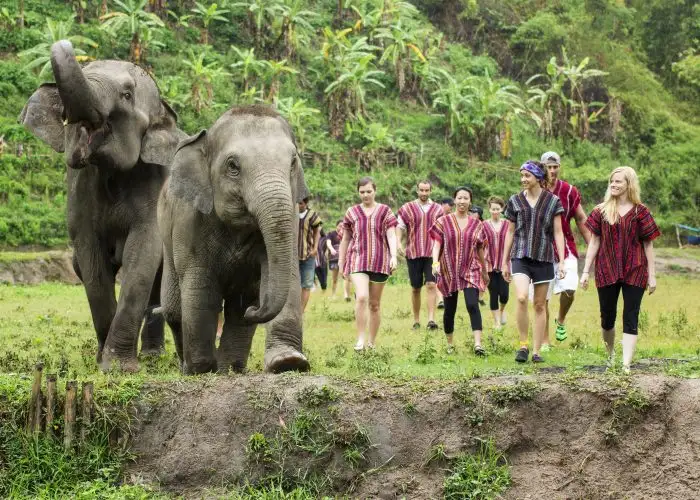
Animal experts often call into question the term "sanctuary" because it can be used as a front for tourist attractions that capture and drug otherwise healthy animals, like this now-shuttered tiger operation in Thailand. But there are still beneficial sanctuaries out there, and some do offer tours in order to gain donations and public support.
Rather than going somewhere that you can pose with chained or sedated animals, head to an esteemed animal facility like Big Cat Rescue in Florida. This exotic feline center rehabilitates maltreated, injured, sick, and orphaned big cats, giving the animals everything they need to recover and sometimes to be released once again. The 55-acre operation is home to dozens of lions, tigers, bobcats, and cougars, and aims to put an end to animal abuse by educating visitors.
Big Cat Rescue is just one example of a true sanctuary. Before heading to anywhere that claims to be an animal sanctuary, look for reviews and check its reputation with experts to be sure your money is going to a worthy facility. Other comparable, legitimate sanctuaries include Elephant Nature Park in Chiang Mai, Thailand (pictured), and Forever Wild exotic animal sanctuary in Phelan, California.
#
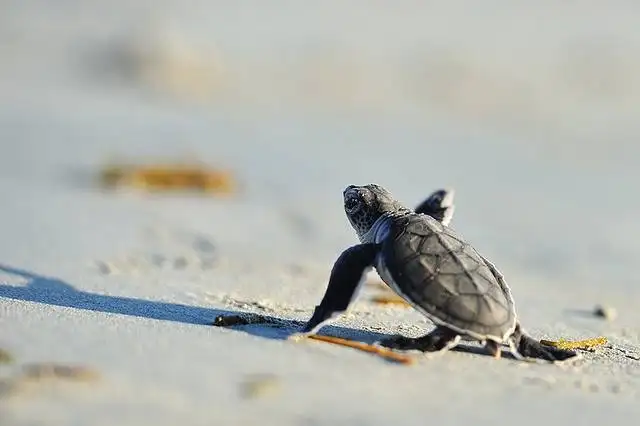
Head to Florida or Hawaii to experience a sea turtle walk with experts who can ensure you'll responsibly see nesting leatherback turtles and their hatching babies up close. Sea turtle conservancies in Gainesville and throughout the Hawaiian islands protect and monitor endangered species of turtles while educating visitors about their efforts.
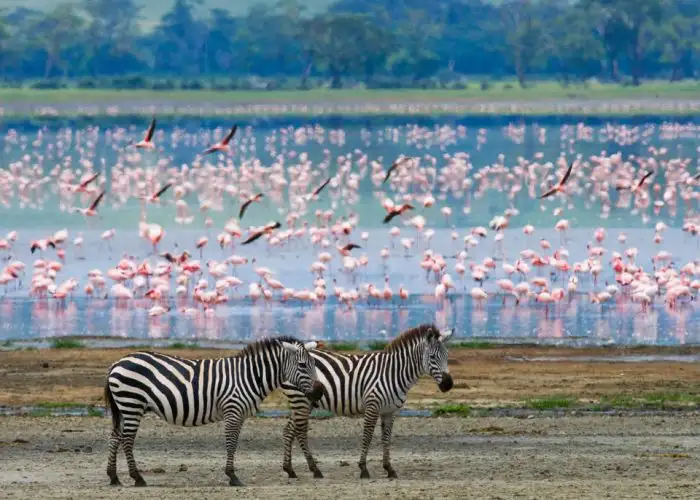
Some of the world's most endangered and highly-sought-after animals are the same ones you can only see on safaris. Rainforests, mountains, and deserts all over the world are filled with exotic wildlife that can be seen from a distance in a safari vehicle.
I recently wrote about what it was like to see tourists ride endangered elephants in Sri Lanka after I had the pleasure on a safari of watching several wild elephants roam Yala National Park—my realization at how easy it is to be on the wrong side of the animal tourism market. If Amazonian leopards, Sri Lankan sloths, and Australian kangaroos are what you're looking for, a photo safari is the best way to see these animals.
Visiting conserved parks and forests with a safari guide will teach you much more about wildlife than any urban animal attraction, and your visit often supports endangered and rare species that should be left in the wild. For example, taking an African safari with G Adventures and National Geographic means using a company that takes part in activities that benefit locals and the environment. Their initiatives include cutting carbon emissions, reducing plastic bottle usage by bringing their own water tanks, and providing workspaces to local cooperatives that empower women.

It's easy to take aim at animal tourist attractions that capture animals, but many animals are in captivity for good reasons. Zoos with reputable research and medical programs take in injured or endangered species as well as offspring born in captivity, which can prevent extinction and rehabilitate injured or orphaned animals.
Some animal activists take issue with zoos that have limited space, but others argue that many zoos do important conservation and veterinarian work, especially when it comes to highly endangered animals like pandas and gorillas. Support reputable zoos that do esteemed conservation and research, like the San Diego Zoo, Berlin's Zoological Garden, or Singapore's Mandai Zoo.
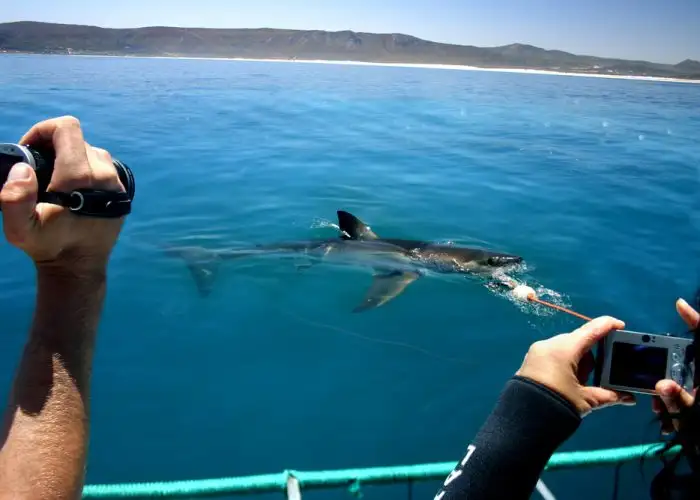
If getting in the water with a shark sounds like your idea of fun, you might want to reconsider—and not just for your own safety. Adventurous humans who cage dive to see Great White sharks may not know that they're part of a bigger problem.
Scientists, fishermen, and activists now say that swimming with sharks from the safe confines of a metal cage creates a dangerous business that promotes chumming—and it could be responsible for an increase in shark bites and attacks on humans. Feeding sharks is illegal in some places, like Florida, but it remains a common practice in places like South Africa, which is home to many shark-dive tour operators. Throwing dead fish and blood into the ocean to attract sharks could be drawing them closer to shores, some say.
Instead, take to the water on a whale watch or shark tour to see naturally occurring sea life that can wow you without putting you in the water. Opting for a whale watch can get you close to all sorts of sea life—seals, birds, big fish, and huge whales and sharks if you're lucky—from the safe confines of a boat.
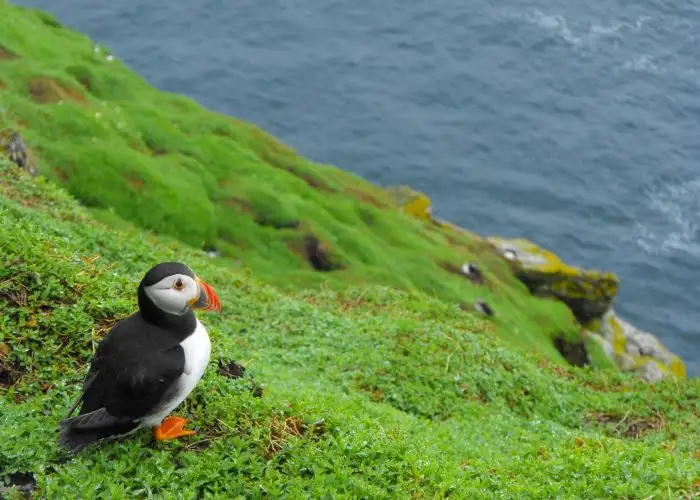
Speaking of sea life, exotic birds like abundant puffins in Maine, Iceland, and Scotland draw birdwatchers and wildlife tourists when the birds flock to sea cliffs each summer. The adorable, cartoon-like creatures can be seen on bird-watching tours or on your own if you're up for a seaside adventure. Try Boothbay Harbor in Maine for a stateside puffin cruise, the Icelandic Westman Islands that are home to the country's largest puffin colony, or virtually any clifftop in coastal Scotland, which is rife with puffins.
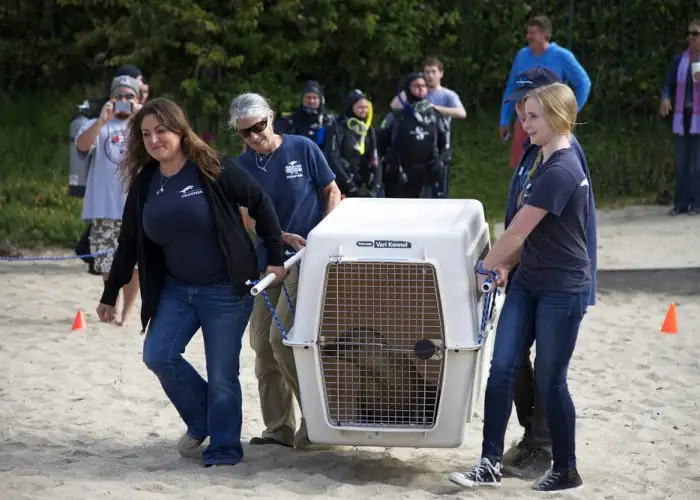
People traveling solely to see animals can get a vacation out of a volunteer trip by working with a sanctuary or conservation. This is the best way to get responsible, hands-on experiences with animals like monkeys, lemurs, big cats, elephants, and sea turtles, all over the world. Experience what it's like to work at a rescue or conservation center first hand through a volunteer program provider like Wildlife Act, which is backed by World Wildlife Fund and is always accepting applications and donations. Before signing up to help any operation, make sure it's reputable among wildlife organizations and has good reviews from users.
More from SmarterTravel:
- The Problem with All Animal Attractions
- Please Do Not Participate in These Cruel Activities on Vacation
- Should You Do These Things While Traveling?
Associate Editor Shannon McMahon writes about all things travel. Follow her on Instagram and Twitter for more insight and adventures.
We hand-pick everything we recommend and select items through testing and reviews. Some products are sent to us free of charge with no incentive to offer a favorable review. We offer our unbiased opinions and do not accept compensation to review products. All items are in stock and prices are accurate at the time of publication. If you buy something through our links, we may earn a commission.
Related
Top Fares From
Today's Top Travel Deals
Brought to you by ShermansTravel
Shop and Save with Country Inns...
Patricia Magaña
 Hotel & Lodging Deals
Hotel & Lodging Deals
$229 -- Chicago: Discounted Rates and...
Francesca Miele
 Hotel & Lodging Deals
$229+
Hotel & Lodging Deals
$229+
$188 -- Honolulu: Save on Oceanview...
Abigail Lamay
 Hotel & Lodging Deals
$188+
Hotel & Lodging Deals
$188+
